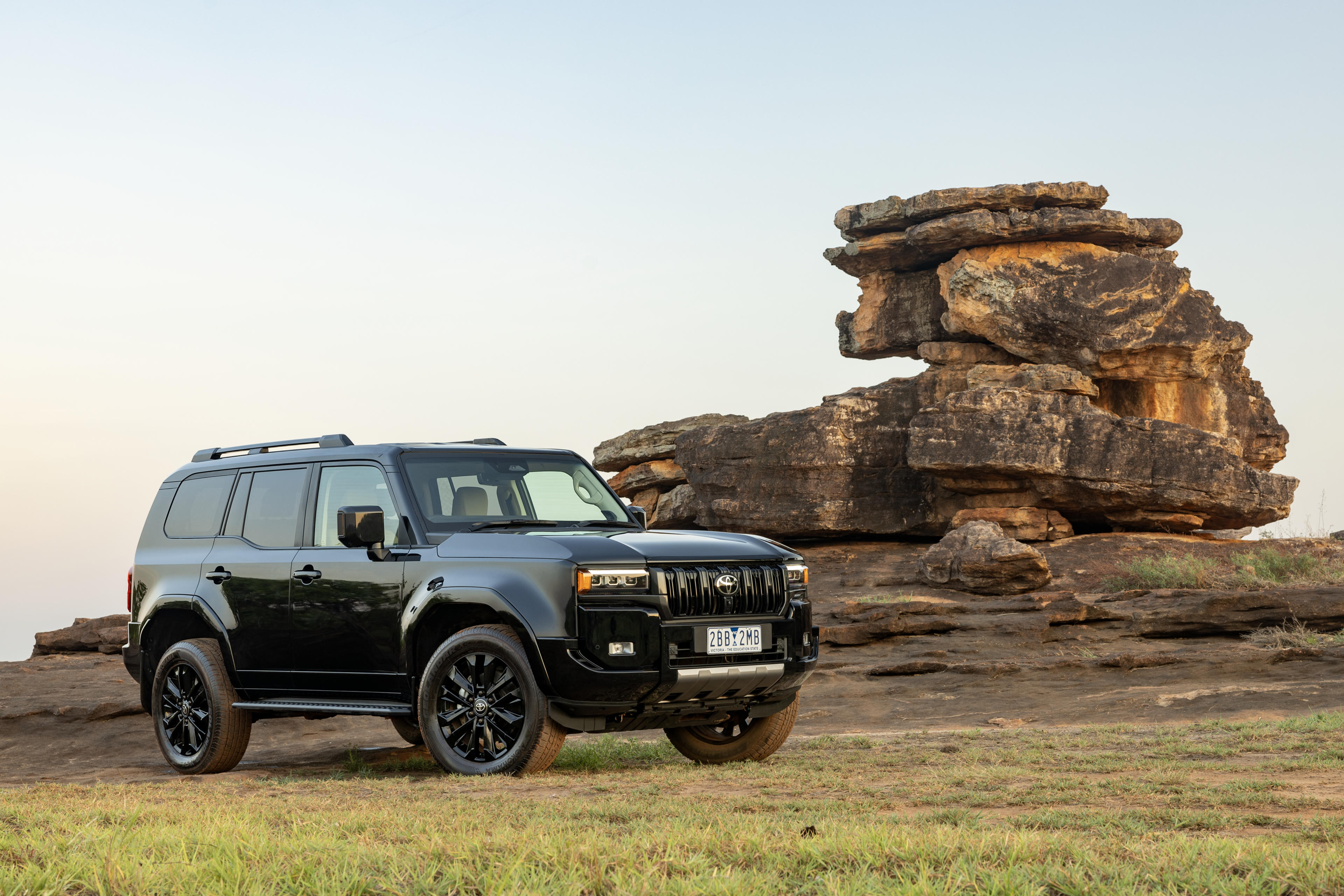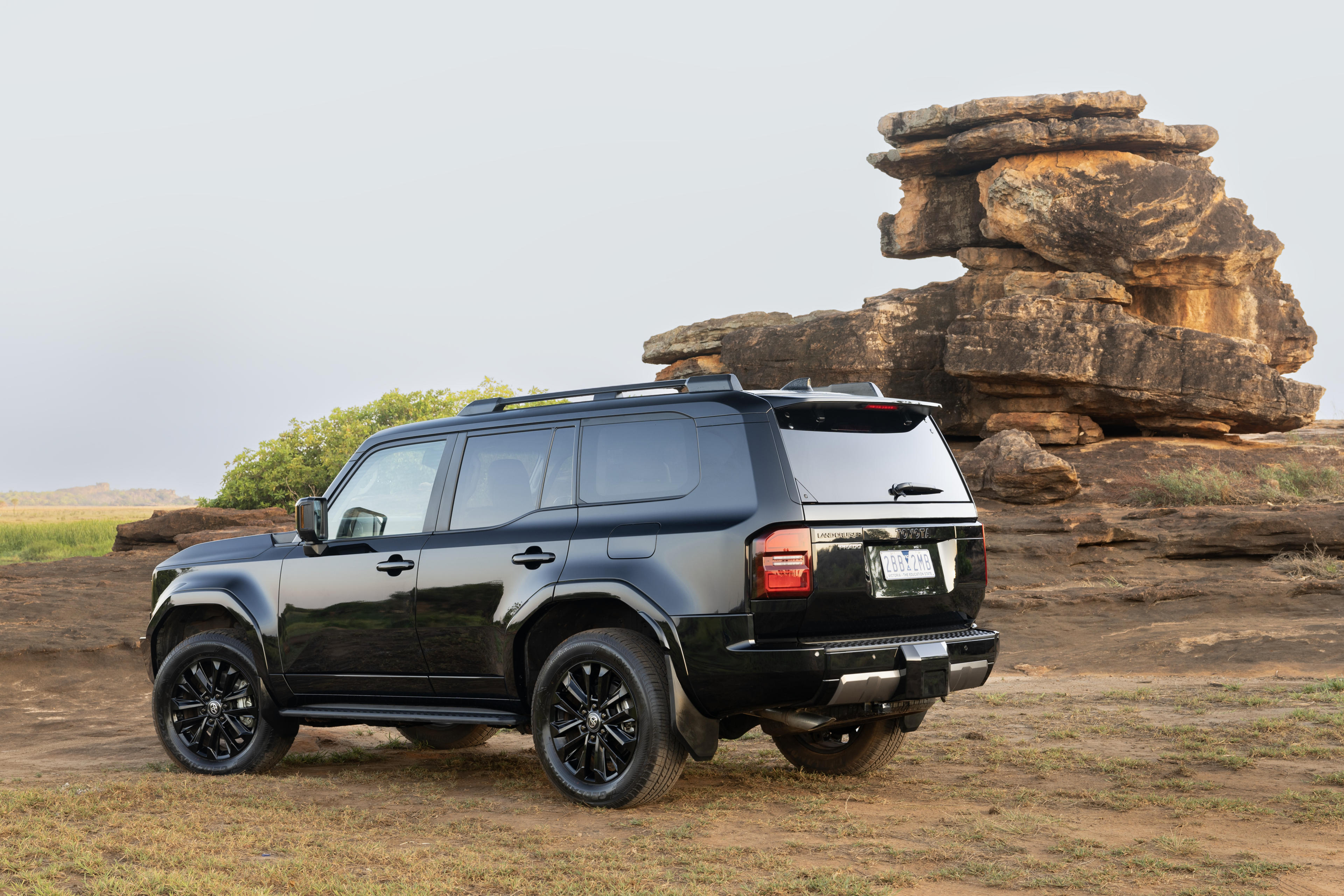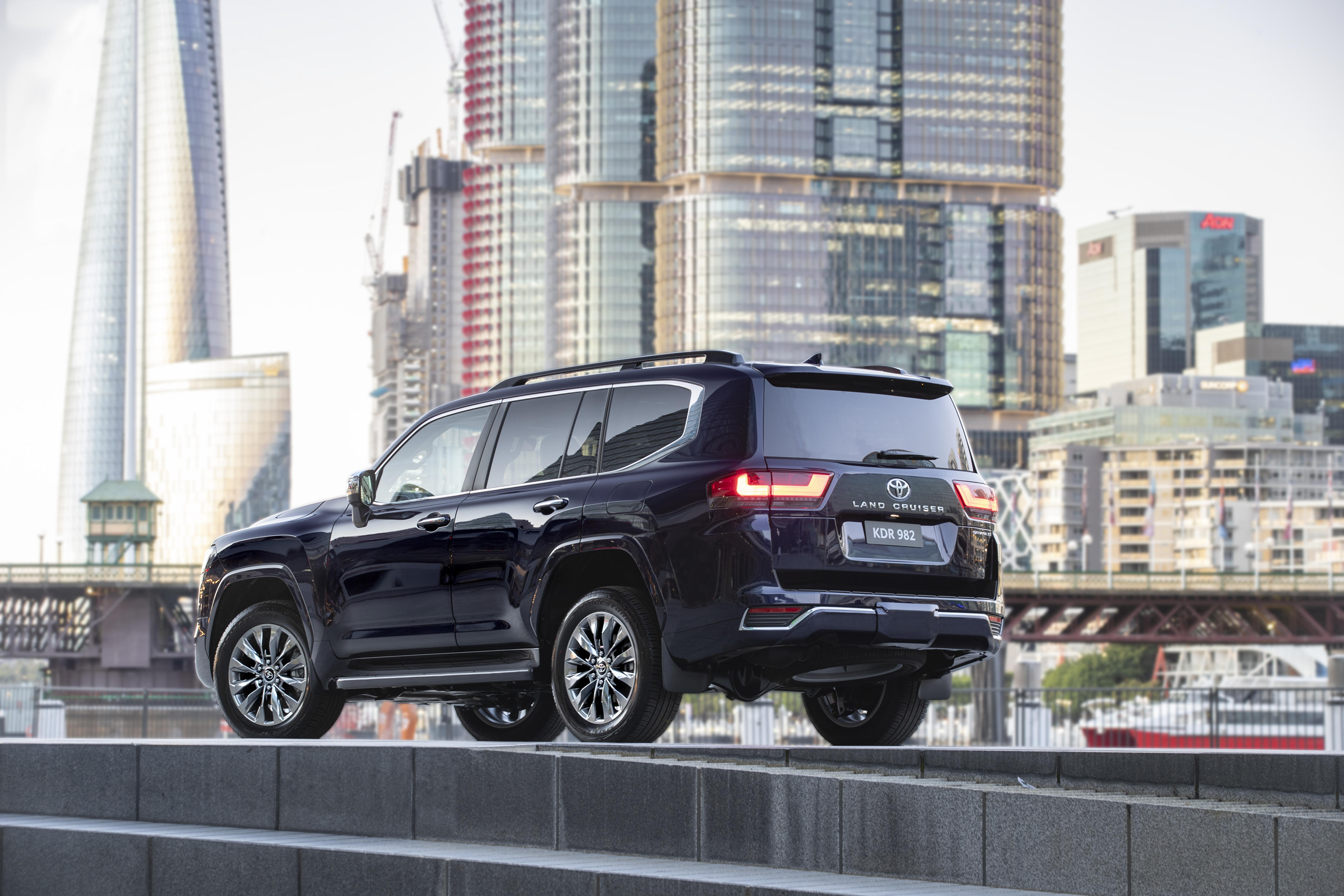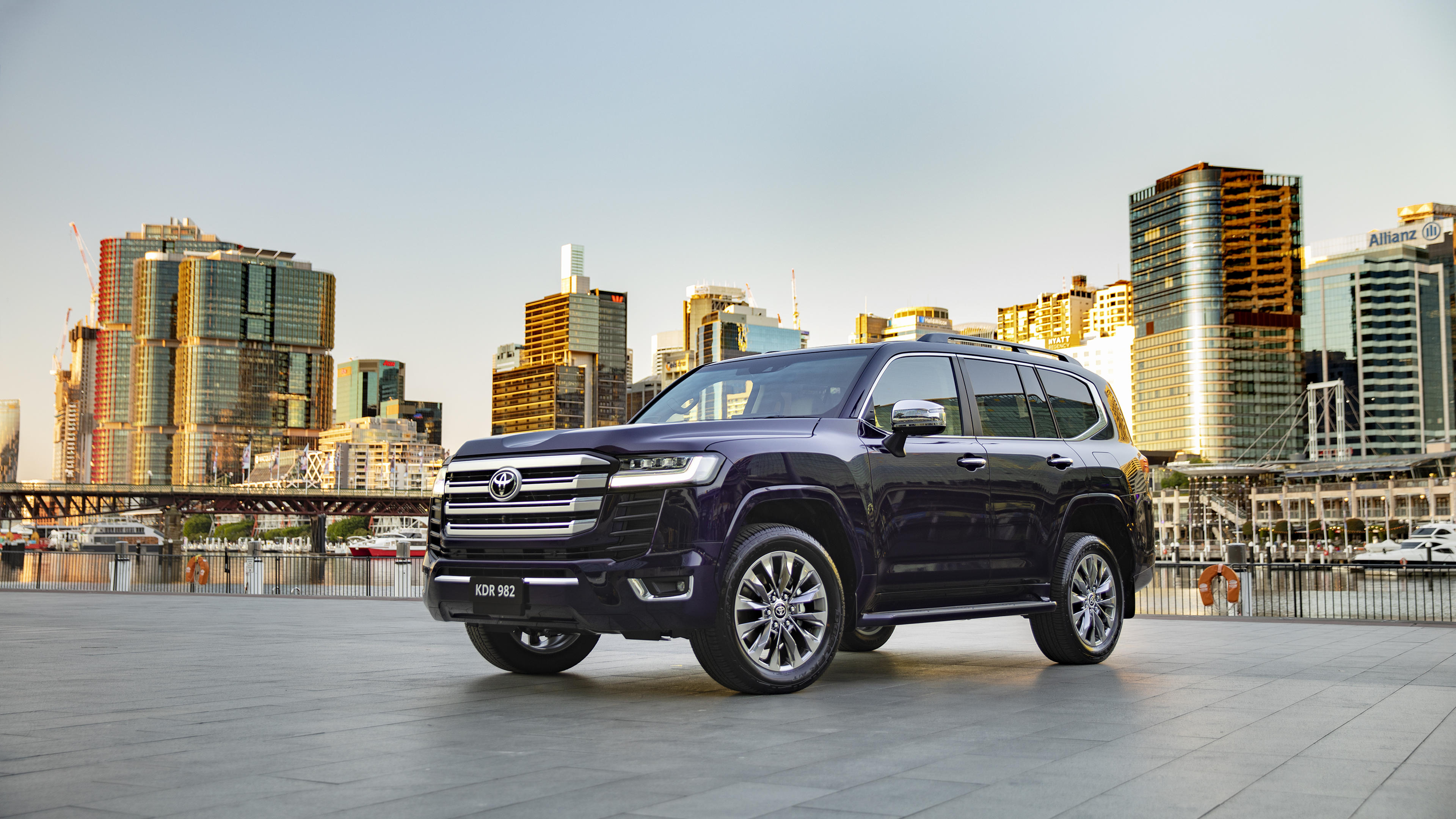
What is Luxury Car Tax? And Why do I Have to Pay it?
Posted in Car Buying Advice
What is Luxury Car Tax? And Why Do I Have to Pay It?
If you’ve ever been surprised to see “Luxury Car Tax” listed on a vehicle quote, you’re not alone. Despite the name, it’s not just for Ferraris and Bentleys, plenty of popular SUVs, 4WDs and even fuel-efficient models can trigger this extra cost.
Let’s break down what it actually is, why it exists and what it means for you when buying your next car.
1. So, what exactly is the Luxury Car Tax (LCT)?
In simple terms, the Luxury Car Tax (LCT) is a federal tax applied when the price of a vehicle goes above a certain threshold. Once your car’s value crosses that line, a 33% tax kicks in on the amount above the threshold.
It was first introduced back in July 2000 to protect Australia’s car manufacturing industry and discourage high-value imports. Even though local manufacturing has ended, the tax has stuck around.

2. How does it actually work?
Here’s the quick version:
- The LCT rate is 33% of the amount above the threshold.
- As at FY 2025-26 there are two thresholds, depending on the type of vehicle purchased:
- Fuel-efficient vehicles: $91,387 (for 2025–26) - See here for up-to-date information
- Other vehicles: $80,567 (for 2025–26) - See here for up-to-date information
- The taxable value includes the car’s GST-inclusive price, delivery charges, and any accessories fitted before delivery.
- It does not include stamp duty, rego, state taxes or finance costs.
Example: If you buy a vehicle (not classified as fuel-efficient) for $88,000, and the threshold is $80,567, based on the $7433 difference above the threshold, you’ll pay around $2,200 in LCT.
3. Why does this tax even exist?
Good question, and it’s one many Australians still ask.
The original idea was to protect local car manufacturing and discourage luxury imports, but today it mainly acts as a kind of “luxury surcharge.”
There’s also an incentive built in: fuel-efficient vehicles get a higher threshold, which encourages buyers to choose greener options.

4. Who actually pays the LCT?
If you buy a new or near-new car, the LCT is usually already built into the final price you’re quoted, so while the dealership or importer pays it to the government, the cost is ultimately passed on to you.
Some vehicles are exempt, such as:
- Commercial vehicles (mainly designed to carry goods)
- Emergency service vehicles
- Vehicles adapted for people with disabilities
- Motorhomes
- Cars imported or manufactured more than two years before sale
5. What kinds of cars attract LCT?
A lot more than you might think!
It’s not just luxury brands anymore, plenty of high-spec SUVs, electric vehicles (EVs), and 4x4s with premium features now fall above the threshold.
That means even within popular mainstream brands, certain grades or models could trigger the tax, depending on their price and options.

6. Can you avoid or reduce LCT?
Sometimes, yes... here are a few ways buyers can minimise their exposure (always check with your accountant for your situation):
- Stay below the threshold: Choose a variant or model priced under the LCT limit.
- Go fuel-efficient: Hybrid and EV models benefit from a higher threshold.
- Consider age: Vehicles that have been in Australia for more than two years may not attract LCT.
7. What this means for you at Sunshine Toyota
When you’re shopping for a new or near-new vehicle, particularly one that’s highly specified or top-of-the-range:
- Ask the question. Our team can confirm whether a model you’re interested in sits above or below the LCT threshold.
- Factor it in. It’s worth knowing exactly what’s included in your vehicle’s price.
- Think hybrid. Toyota’s hybrid and electrified range not only helps with running costs but may also benefit from that higher LCT limit.
- Don’t assume “luxury brand.” Even mainstream models can trigger the tax once you add upgrades or accessories.
The bottom line
The Luxury Car Tax isn’t really about luxury at all, it’s about price. Understanding how it works can save you confusion when it comes time to buy.
If you’d like help understanding how LCT might apply to your next vehicle, or you’d like to explore models that deliver top value without crossing the line, our team at Sunshine Toyota is here to help.
We’ll give you clear answers, transparent pricing and help you make the most informed decision possible.